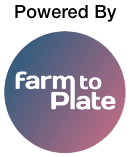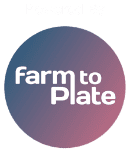An Interview with Adriano Torres, Senior Director- Global Marketing — Nutrition (Diary & Plant-Beverages Categories) at The Coco-Cola Company, With Future Food cast powered by Farmtoplate.
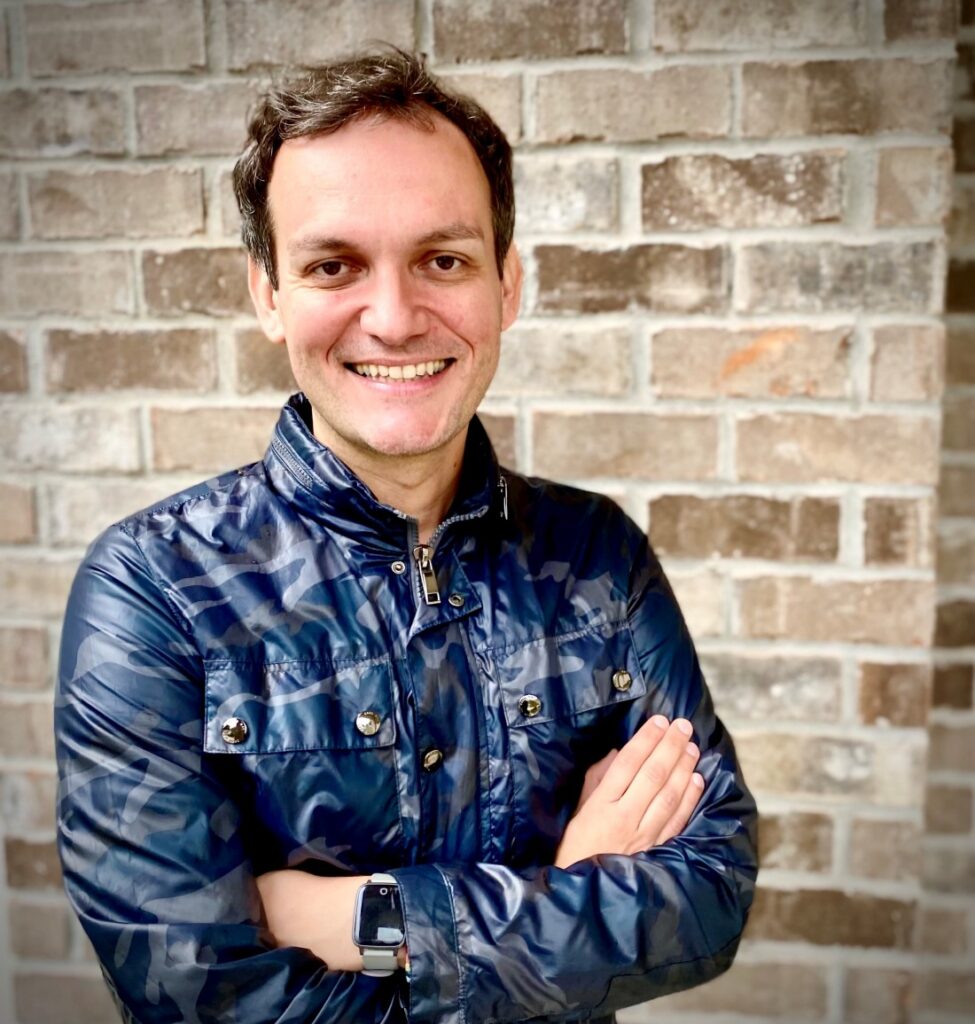
“The sustainability of the ingredients, and sustainable farming, it’s very important for us, especially on a plant-based when you have to deal with different ingredients, around the world.”
Can you tell us a little bit about the trajectory of your career?
As you can see here in my accent, I’m Brazilian, so I started my career in Coca-Cola and back in Brazil roughly 20 years ago.
Before Coca-Cola, I worked in an advertising agency. When Coca-Cola invited me to be part of the communications team, I started taking care of the portfolio and media plans. Then, I decided to move to work in marketing.
Coca-Cola has in Brazil, and maybe some of you have tried the guarana flavor, a Brazilian fruit. A large brand in Brazil and the Coca-Cola portfolio sells what on a flavor and also to care of other regional brands. After that, I moved to the other part of the business to take care of the hydration portfolio.
In Brazil, like mineral water flavored water, I answered the water power rate, which was the brand to have a sports drink in Brazil. And then, at a certain point, I moved to take care of the Coca-Cola trademark, the flagship brand student Brazil.
I spent a few years taking care of this fantastic brand in Brazil, and then back in 2013, I moved to Japan to continue to take care of Coca Cola trademark. But this time living in Japan wasn’t a great experience. Working in Japan, leaving the Japanese culture, and working in the Japanese environment are challenging and dynamic.
Since 2016, I’ve been based in Atlanta at the Coca-Cola headquarters, where I’m in charge of the dairy in plant-based beverages. Many people may know what Darien plant-based beverages are, so I do that. For the last six years, I have worked with different countries to develop that part of the business for the company.
How do you stay ahead in a super competitive space?
That’s the power of a network organization like in the benefit of the city in the global chair. Most initiatives are driven by the market countries’ teams spread worldwide.
My primary responsibility is to develop the category, work with the teams, and ensure we are heading in the right direction. I worked as an advisor and saw the opportunities and strategies. Because I was not at the forefront, I got information from different countries. I compared what one country was doing very well, so by doing that assessment, I understand what we should do to stay ahead of the competition.
The two things always tell people that stay ahead of the competition and keep their feet on the ground.
We engage with consumers regularly and try to get right inside, which greatly helps. I can get information from different parts of the world when I’m not there myself. The second point is leveraging a digital, like so many data points and information now that we’re able to collect and process and try to analyze autocomplete competitors.
What do you do with the information that you gather?
It depends on the angle you apply because there are so many things you can tweak and improve your product sometimes. It’s like a question of taste; maybe you’re skeptical about going to an inevitable turnover or speed in the market, and you start trying the product again. Then you go outside this competition and talk to our experts.
I remember one case where we discussed the brand’s design. People cannot differentiate between flavors and ingredients because the visual identity is not communicating correctly. We decided, let’s go to the store and take a look, and spent so much time, and people were complaining. Then, I asked colleagues to do the same thing in their cities or countries, which was very quick.
The direction is always to progress, but sometimes it makes you think that maybe we need to pull this brand out of the market, phase it out, or replace it with something else. So that’s even major decisions involved with the process.
How do you communicate with consumers or educate them?
We are learning a lot about consumers and getting the decision tree they follow. We try to understand the consumer decision tree and see the commonalities and the one or top two items or benefits they’re looking for.
Then, we make sure that it’s apparent coming clearly communicated in the label. The second thing is differentiation across the portfolio because sometimes you have one brand with multiple flavors with multiple ingredients and some differences between the versions.
Another point is that you must ensure you are helping people navigate your portfolio, so they are making the right decision about the product. They can easily find it on the shelf or even in the digital environment by googling and searching. They can have the right connections with the right words to find the product we are promoting.
Is the digital revolution playing a part in how you approach marketing?
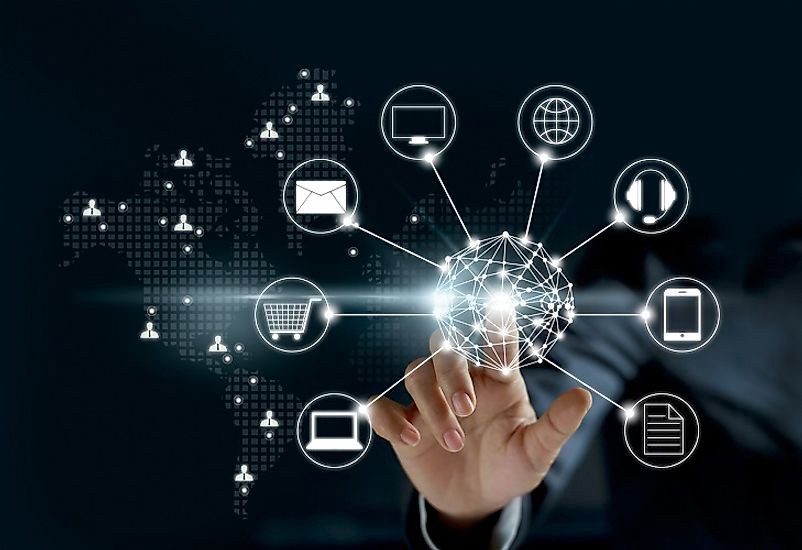
It’s a slow game space because we know many people, especially repurchase. We do a lot of research; that’s very important.
You always need to learn and understand the best way to engage with people at that moment. But of course, down the funnel offer consumption, there’s the moment people purchase your products in a store or online.
Suppose it’s a delivery or pickup from a brick-and-mortar store or a totally online situation delivered home from a website. In that case, another particular new area we need to explore:
- How can we get into that moment of the transaction, the decision to purchase a product?
- How can we help people to make a decision?
- How can you present the offers?
- How can we make sure that whenever decisions people are making are creating highly formatted?
- What are the options? Because sometimes when you go in their online purchase path, you don’t see all the options, your people lead you to a specific chance that’s been highly promoted, etc.
Some of the exciting things we need to learn are how to recreate that moment when you’re with your shopping cart in the store. You see an excellent label or do a nice promotional area. Then you just grab it to try because if you are fascinated by the color of the name or some claim.
Another thing that you need to make sure you recreate in the online digital space. So people can have this moment of surprise seeing something they expected to grab their attention, with the only difference being that when you go for the online space, etc.
Web 3 is coming with decentralizing, and we’re pretty centralized right now. Is that impacting you?
In my role, we are more into the development of the brand’s categories, their stretch, etc. This whole conversation is holding momentum to the new way of doing things in the digital space.
A few days ago, the Coca-Cola team launched a new product that fully embraces this new way of launching products. We invite the audience to participate and create a dialogue in the digital space. I’m more focused on growing the brand strategy, etc. We must embrace it because people are moving to a different way of thinking about what they want from specific brands, products, etc.
People want to participate; they want to get invited to discover stuff, not only to have everything ready, and to debate about your brand, flavors, and ingredients. It’s just the tip of the iceberg; we know that more change is to come. In pretty sure that the way we do, and no marketing, as it is today, we’ve changed dramatically in the next three to five years.
How has the global pandemic affected your business?
We could not travel or go anywhere, then we discovered something funny because it was available before the pandemic. The power of having more people connect to discuss different topics by video conferencing.
It’s funny because, before the pandemic, we have this mindset that, Okay, if the person is sitting in Asia, I can have meetings, etc. Still, when it comes to a workshop or workstation, perhaps I have to go there. They know we can organize something, and also in terms of boundaries between geographies.
One of the most significant and considerable big assets we have in the Coca-Cola system is the number of people working in different countries and different realities. So I think that one positive outcome of the whole change was how it opened our eyes to that we are one big team worldwide. You can help us leverage each other as much as possible to resolve our different problems.
Can you talk about sustainability a little bit from your efforts?
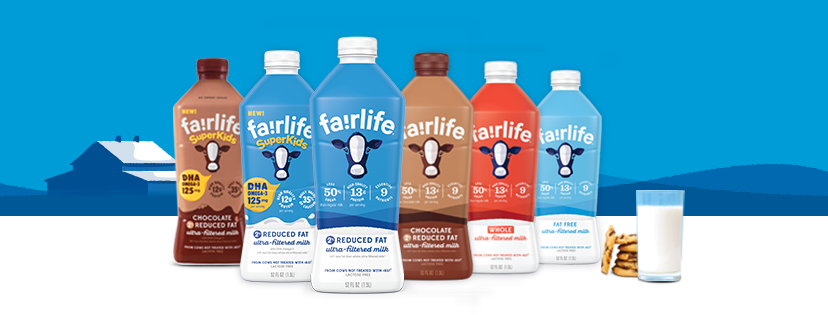
Our products are coming from farm to bottle, but how we describe them, many topics are essential.
I would highlight the sustainability of ingredients farming.
It’s essential for us, especially on a plant basis, when you have to deal with different global ingredients that are a critical topic. We were trying as much as possible not only to leverage our system to reach the gold standards in sustainable agriculture and water usage but also to how we can bring that to become part of our dialogue with consumers.
We are following the gold standard in sustainable agriculture, but even to see how we can invite people to the journey, the dialogue that we do in the case of dairy.
There’s a lot of effort in animal welfare to have better guidance, so we can understand how we do that Dairy farming practices in the best way possible. Sustainability is definitely part of the core of our brands when you double Click. All the brands in our portfolio:
- Fair life in the US
- Santa Clara in Mexico
- Blend blaze basic brand in Latin America and some other brands.
We have around the world seen that’s core instrumental for us to not only to keep the brand competitive in the market and doing the right thing but also to create some differentiation and help the industry as a whole to achieve new goals and to improve.
I see sustainability as something that, when you do it the right way, it’s beneficial for our consumers and us and even the whole industry.
How do you do future planning?
More symmetrical, and I would say, now, we do more scenario planning to forecast different scenarios, instead of a two or three and hit the layout the more. I think for every company struggling because it’s a chain effect, it started with the lack of materials or infrastructure to distribute. This leads to a shortage which leads to a price increase, so it’s a very challenging situation when you’re planning.
To keep business continuity even more challenging when you think about introducing innovation. For supply chain challenges, people demand new solutions.
New packaging is a new way of commercializing products.
You need to keep serving people, but at the same time, you have all those challenges to factor in, so that’s my point. If you need to adjust and see how we can keep pace with innovation and serve people, be ready to deal with the new solutions scenario.
We are very thankful that you came to share some of your wisdom and insights as an industry expert with the future food cast listening audience thanks for being with us
Listen to the complete episode here.

